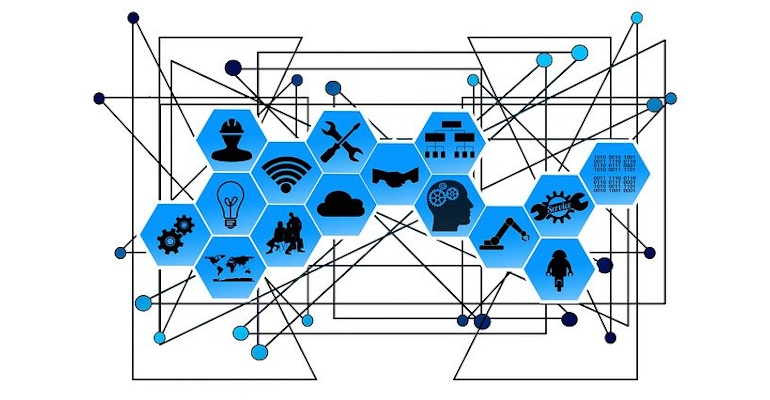Manufacturing is changing in response to COVID-19 challenges and adopting new technologies, not just to survive during the pandemic but to continue using after it is over, shared an expert during Virtual Engineering Week.
December 8, 2020

During the Virtual Engineering Week session, “The Future of Industrial Jobs & Manufacturing,” Ryan Chan, founder and CEO of Upkeep, recalled working at his first job as a process engineer in a manufacturing plant and wondering how they could speed up their manufacturing line from 20 feet per minute to 21 feet per minute.
“We quickly realized that we can utilize technology to enable us to get better data, better insights, and take better actions based from what we're seeing in the plant to speed up our manufacturing line and reduce downtime of our critical assets,” he said.
Chan’s belief that technology can be employed in increasingly more creative ways was the basis of the presentation, especially for companies adapting to the challenges of COVID-19 restrictions. “COVID-19 has generated this extreme demand for consumer product manufacturing,” he said. “We've seen essential product manufacturers see extreme demands for their products.”
Conversely, he said, there have been some nonessential producers experiencing pitfalls of demand, forcing them to cut operational expenses. “So we're seeing this dichotomy happening in manufacturing,” Chan said. “What we’re also seeing is that COVID-19 has kind of slimmed down the different options that we have. What we've seen from a lot of businesses is that [they] are now turning to technology for different answers,” he explained.
“I would say five years of digital progress have been condensed over the past eight months,” Chan continued. “And what I believe is going to happen is we're going to continue seeing this this trend get accelerated and even as COVID restrictions get lifted, we believe that this acceleration is going to continue in the future.”
An example he cited was using video inspections for QA/QC purposes. One of his customers said that this will likely continue after the pandemic, reducing travel and other expenses.
“Basically what he's seeing and what other folks are seeing in the space is that there's a big push towards digital digitization of their store room and what they're also seeing is not just a digital presence, but a collaborative presence,” Chan said. “So what essentially that means is that someone can pull up on their mobile device and see what's in their shop floor.”
Chan emphasized that many of these technologies existed before COVID-19, but because of the pandemic, they have pushed this trend into full throttle.
There are three core functions of technology, Chan said. One is to provide professionals with the tools to perform their work more productively, efficiently, and effectively. The second will free up bandwidth by automating simple and yet very important essential tasks. The third will help enable us to make data-driven insights, he noted.
“We have technology that is going to help us in the manufacturing industry, but we're not going to be able to do this with a bunch of data silos,” he explained. “So what we're starting to see in the in the state of manufacturing is more integrated systems, so that one system can speak to the other and enable us to have better insights that have better data and ultimately make better decisions.”
Chan is not worried that technology will replace people, but instead he believes that it will empower them to be more efficient. A smart technology is going to necessitate fewer field technicians and fewer field workers, he said. But it will also require more experienced technicians and more experienced workers that can understand and analyze data related to these very complex equipment processes.
Companies can also use technology to make dangerous jobs safer and more rewarding, by minimizing dangerous and repetitive tasks, Chan explained.
He said some jobs will be lost to AI, machine learning, and big data, but there will still be a need for people to train and build these AI and machine-learning models to help users predict failures and become more efficient.
“We're going to capitalize on human insight and creativity,” Chan concluded. “That's what I think is going to happen to the future of jobs and manufacturing.”
About the Author(s)
You May Also Like


